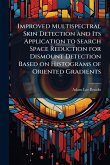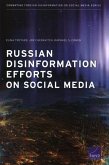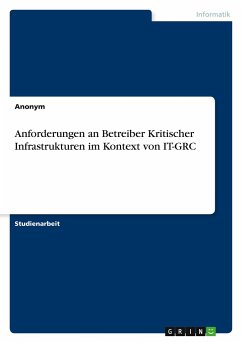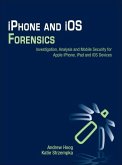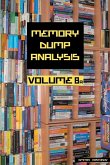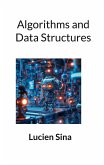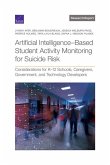Cyber risk quantification (CRQ) is the practice of measuring cybersecurity risk using numbers not colors or guesswork. Instead of labeling risks high, medium, or low, CRQ uses probabilities, ranges, and impact estimates to help organizations make better, data-informed decisions about risk.
In a world where ransomware gangs operate like small businesses, every core function of an organization is digital, and Boards and regulators are demanding meaningful, defensible risk metrics, CRQ has never been more relevant than now. And thanks to AI, it s about to scale fast.
At the same time, CRQ is often misunderstood as expensive, technical, or just voodoo math. People assume you need a stats degree, six-figure software, or a room full of analysts. This book is here to prove otherwise.
From Heatmaps to Histograms is a hands-on, plain-English guide written by a seasoned practitioner who s built CRQ programs at top global companies. It s packed with step-by-step instructions, practical tips, templates, shortcuts, AI prompts, and plenty of myth-busting to take you from CRQ skeptic to CRQ champion even if you ve never cracked open a statistics book.
All techniques in this book can be performed in Excel or Google Sheets no coding required. But for readers who want to go further, you ll find dozens of GenAI prompts that help you generate risk scenarios, clean messy data, or even vibe-code your way through a Monte Carlo simulation in Python or R. You'll also get guidance on when to not use AI, how to spot hallucinations, and how to integrate it responsibly into your risk practice.
CRQ is no longer optional. This is your roadmap for making it work cheaply, ethically, and effectively.
What You Will Learn:
A beginner-friendly introduction to the statistical foundations of CRQ, including Monte Carlo simulations, credible intervals, Bayesian reasoning, and simple methods for summarizing uncertainty without requiring a math or coding backgroundGather, vet, and work with data even when it s scarce, messy, or missingPerform full end-to-end quantitative risk assessments using only Excel or Google SheetsHarness the power of generative AI to supercharge risk analysis workflowsApply CRQ and GenAI responsibly and ethically, with clear guidance on common pitfalls, misuse scenarios, and ensure transparency, fairness, and trustworthiness in your analysis and reporting
Who This Book Is For
Beginner/intermediate in the cyber/technology risk management field
In a world where ransomware gangs operate like small businesses, every core function of an organization is digital, and Boards and regulators are demanding meaningful, defensible risk metrics, CRQ has never been more relevant than now. And thanks to AI, it s about to scale fast.
At the same time, CRQ is often misunderstood as expensive, technical, or just voodoo math. People assume you need a stats degree, six-figure software, or a room full of analysts. This book is here to prove otherwise.
From Heatmaps to Histograms is a hands-on, plain-English guide written by a seasoned practitioner who s built CRQ programs at top global companies. It s packed with step-by-step instructions, practical tips, templates, shortcuts, AI prompts, and plenty of myth-busting to take you from CRQ skeptic to CRQ champion even if you ve never cracked open a statistics book.
All techniques in this book can be performed in Excel or Google Sheets no coding required. But for readers who want to go further, you ll find dozens of GenAI prompts that help you generate risk scenarios, clean messy data, or even vibe-code your way through a Monte Carlo simulation in Python or R. You'll also get guidance on when to not use AI, how to spot hallucinations, and how to integrate it responsibly into your risk practice.
CRQ is no longer optional. This is your roadmap for making it work cheaply, ethically, and effectively.
What You Will Learn:
A beginner-friendly introduction to the statistical foundations of CRQ, including Monte Carlo simulations, credible intervals, Bayesian reasoning, and simple methods for summarizing uncertainty without requiring a math or coding backgroundGather, vet, and work with data even when it s scarce, messy, or missingPerform full end-to-end quantitative risk assessments using only Excel or Google SheetsHarness the power of generative AI to supercharge risk analysis workflowsApply CRQ and GenAI responsibly and ethically, with clear guidance on common pitfalls, misuse scenarios, and ensure transparency, fairness, and trustworthiness in your analysis and reporting
Who This Book Is For
Beginner/intermediate in the cyber/technology risk management field


